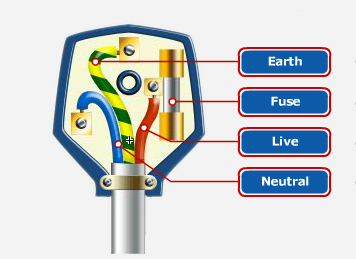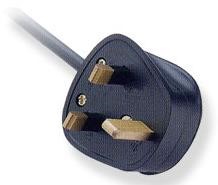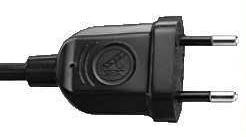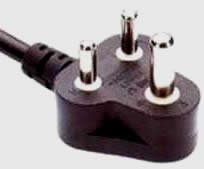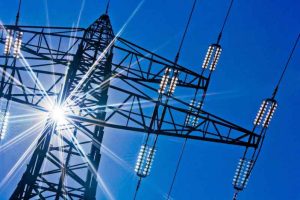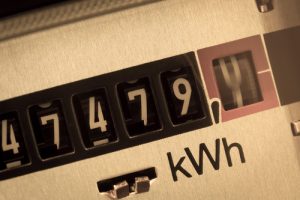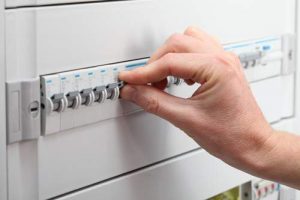Why Use 3-pin plugs for electrical safety?
Putting a plug in a socket is something very basic thing which we all do; in fact it is a very much part of our daily and necessary routine in the modern times. Everybody knows how to do it, REALLY?
Now, in this article to begin with we will pose two questions to our general readers/ audiences. Please answer to yourself honestly.
Question -1: How many times, have some of you poked the earth lever with a screwdriver, pen or other object to insert the plug and push the pins into the live and neutral?
I am sure, majority of you must surely have. Now, as long as a good solid connection was made, all have remained well and then somebody must have given you a mature advice, Please Do Not Do It! In any case we should not start pushing metal objects into the mains plug holes. By Putting a screwdriver anywhere near the holes on a mains wall socket, one might get a shock of life from the electricity!
Before we discuss the uses of the 3-pin plugs any further, let us first understand the basic concept of the plug and wires. Below is a schematically representation of a plug with its colored wires.
The LIVE wire is represented as BROWN.
This is connected to a fuse on the live pin, the electric current routes through the live wire.
The NEUTRAL wire is represented as BLUE.
The electric current routes out through the Neutral wire, i.e. this is the route the electric current takes when it exits an appliance; it is for this reason the neutral wire has a voltage close to zero.
The EARTH wire is represented as GREEN & YELLOW
This is connected to the earth pin. This is used when the appliance has a metal casing to take any current away, in case if the live wire comes in contact with the casing.
A 3-pin plug consists of three pins (hence the name). It is important to know how to wire a 3-pin plug correctly. The 3-pin plugs are designed so that electricity can be supplied to electrical appliances safely. Each wire has its own specified color, as shown above and each pin must be correctly connected to the three wires in the electrical cable.
Now, coming to the second question –
Question-2: Have you also have ever wondered why some appliances use a 2-pin plug and others have 3-pin plug? Appliances such as TVs and DVD players, mobile phones use a 2-pin plug, while other appliances such as refrigerators, microwave ovens, ACs use a 3-pin plug
Let us examine the reasons of this also after studying the table below:
There are earthed instruments and unearthed instruments. The Earthed instruments require a third pin to provide the Earthing connection in case of insulation failures, while unearthed instruments use safeguards such as double insulation. As already stated above, appliances such as AC, refrigerator and washing machines do require an Earthing connection, as it is not easy to design these instruments without the chance of safety hazards in case of any failures, while instruments such as mobile phone chargers do not require a third Earthing pin because they have simple construction and possess double insulation in their design.
Most 3-pin electrical socket outlets can tolerate maximum current upto13 amperes (A). It is imperative to ensure that electrical equipments can operate under these situations before putting their plugs into the electrical outlets. Almost all new electric appliances these days, come with a complete fitted 13 Amp 3-pin plug.
How to Protect Against Electric Shocks
Electrical appliances with metal bodies are required to be properly earthed for protection against possible electric shock. If there is a fault current (leakage) inside the appliance, the whole metal case becomes LIVE and if someone touches it by mistake, current will flow through his or her body, resulting in a shock which can also become sometime life threatening.
How the Earth pin is connected in the appliances:
In a 3-pin plug, the wire that is connected to the ground pin of a plug is also connected to the metal body of the equipment.
If any current leakage is appearing on the metal body of the equipment then, it must be discharged safely to ground. It will prevent the users from any electric shock while using the equipment.
If there is any serious fault on the equipment, it also makes the fuse blow, hence protecting the user. Therefore, the system should be properly earthed or grounded to prevent electric shock.
The earth pin or the 3rd- pin on a plug is generally bigger and thicker than the rest pins, probably the live and neutral pins allowing the earth pin to be the first to connect and the last to disconnect. Let us also identify the reasons for making the earth or the 3rd-pin like that:
- The length is made larger, because this allows the Earth pin to make the contact first and later when the supply is disconnected and it breaks the contact ensuring high safety.
- Insertion of a longer earth pin first helps in opening the shutters, which thereafter facilitates the insertion of the other two pins. In many wall sockets, there are safety shutters on the live and neutral lines to prevent people especially the children from inserting any conducting materials which may result in an electric shock. These types of sockets are known as Earth-pin operated shutters.
- The earth pin is made thicker so that even by mistake, it cannot be inserted into the live or a neutral hole. The smaller pins on the plug, the live and neutral pins can go into the larger hole, but the larger pin will never go into a smaller hole and any live wire cannot be connected to the body of the equipment. Hence, the earth pin is made thicker so that there is no chance for it to be inserted into the live or neutral hole of the socket. This also prevents earth pin from establishing an electrical contact with the live terminal.
- Technically speaking, we can say the thickness of earth pin is more in order to decrease its resistance and more the fault current will pass through low resistance path. Let us explain this via the mathematical formula, provided below:
R= (¶ * L) /A where r= resistance, ¶ (also called as Row) = Resistivity of the material, L= Length of the material, A=Area of cross section and R=resistance of the material
Hence resistance (¶) is inversely proportional to the cross-sectional area of conductor area (A), hence the resistance of the earth pin decreases due it being thicker than the other two pins, because it will have more area in this case. So more the area, less the resistance and more the fault current will pass through low resistance path. Earth pin carries fault current, which is several times the normal current. Therefore, to ensure proper safety the current carrying capacity of an earth pin should be more than other pins.
Lastly there are several brand s and kind of 3-pin plugs available I the market. One is requested to only purchase and use the 3-pin plugs which properly comply with the safety requirements. The 3-pin plugs must be marked with all the information as shown in the diagram below:
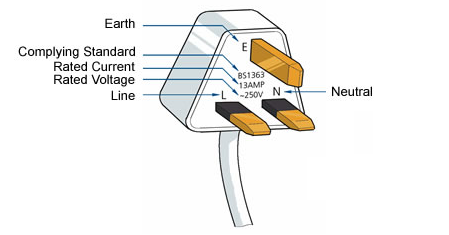 The socket holes must also be fitted with the safety shutters one must also not purchase any adapter or extension units, which is fitted with the irregular socket holes. Each socket must allow only one type of the plug to be inserted. One must always make sure that the plugs are correctly inserted into sockets. One must also not insert the 3-pin-plug or for that matter, even the 2-pin plug socket by force. Shocks may occur when the pins are partially exposed and still connected to the socket.
The socket holes must also be fitted with the safety shutters one must also not purchase any adapter or extension units, which is fitted with the irregular socket holes. Each socket must allow only one type of the plug to be inserted. One must always make sure that the plugs are correctly inserted into sockets. One must also not insert the 3-pin-plug or for that matter, even the 2-pin plug socket by force. Shocks may occur when the pins are partially exposed and still connected to the socket.
We hope that the article suits the requirement of our readers well, and all would have benefited with more knowledge and day-to-day safety practices, to use the multi pin plugs. Importantly, also one would have now got answers, why matures and the elders have always advice the beginners to please “Do Not” poke the earth lever?
About the Author:
Mr Mahesh Kumar Jain is an Alumnus of the University of Roorkee (IIT Roorkee) with a degree in Electrical Engineering who has spent 36 years serving the Indian Railways. He retired from Indian Railways as a Director of IREEN (Indian Railways Institute of Electrical Engineering) and has also served as Principal Chief Electrical Engineer at many Railways. He has performed the responsibility of working as Electrical Inspector to Govt. of India. Mr Mahesh Kumar Jain is having a passion for electrical safety, fire, reliability, electrical energy consumption/conservation/management, electrical appliances. He currently serves as a consultant at Nippon Koi Consortium in the field of power distribution and electric locomotive. More from this author.

